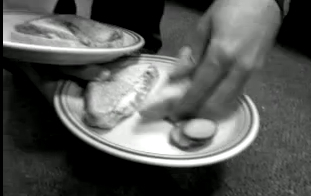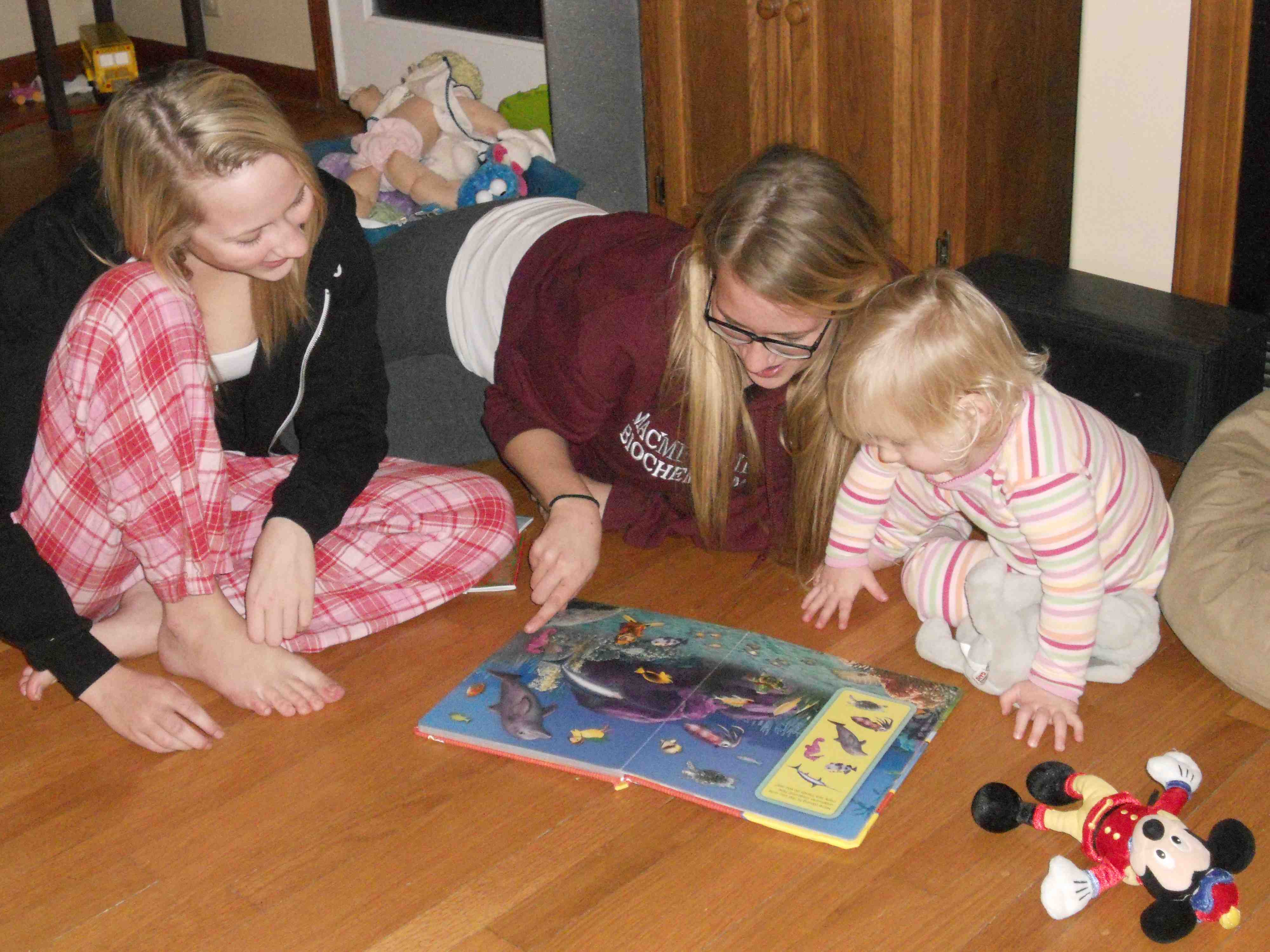So much for the cold-chain.
13 Investigates – the voice of Indiana – found beef, pork, chicken, eggs, milk, and produce being transported in hot trucks that do not have proper refrigeration.
"If it’s happening here in Indiana," it’s happening in Texas and North Carolina and California," said Capt. Wayne Andrews, who oversees Indiana State Police’s Motor Carrier Enforcement Division. "This is not just an Indiana problem and we need to do more to address it."
"It’s just not working properly and it had approximately a 94.7 degree reading at the time of the traffic stop," explained ISP Trooper Ashley Hart, standing next to a hot truck she pulled over along Interstate 65 near Lafayette. The truck was carrying raw meat, eggs and produce from a warehouse in Chicago to restaurants in Indianapolis.
"It’s absolutely disgusting," she added.
13 Investigates first exposed the problem in July as state police partnered with local health departments to keep spoiled food from hot trucks off Hoosier dinner plates. Since then, the danger has not gone away.
"The problem is growing," said Andrews, whose motor carrier inspectors have found more hot trucks than they ever expected.
Last week, on a 92-degree day, state police stopped a food truck heading northbound on Interstate 69 near Muncie. The truck’s refrigeration unit was broken and inside, eggs, pork, shrimp, and fish were found to be 66 degrees. Food safety inspectors from the Delaware County Health Department say that is both dangerous and illegal.
Indiana’s effort to crack down on hot trucks is about to get some national exposure. After seeing WTHR’s investigation, NBC’s TODAY Show has decided to highlight this problem as a national issue. TODAY sent a crew to Indiana last week and will feature a special report on hot trucks September 22 — this Thursday morning. You can see the report on Channel 13.

 and the kitchens were not shut down. It is believed that the illness was not food-related, a spokeswoman for NHS Highland said. The food packaging is the suspected source of the illnesses.
and the kitchens were not shut down. It is believed that the illness was not food-related, a spokeswoman for NHS Highland said. The food packaging is the suspected source of the illnesses. Food and Drug Administration said in an April 13 letter to the airline.
Food and Drug Administration said in an April 13 letter to the airline.  hankering for grilled cheese sandwiches. We found people were quick to warn our couple when they saw the disservice. But would anyone alert our couple if they became obnoxious and impolite?
hankering for grilled cheese sandwiches. We found people were quick to warn our couple when they saw the disservice. But would anyone alert our couple if they became obnoxious and impolite?
 unfit food, low hygiene standards, inaccurate labelling information and suspected food poisoning.
unfit food, low hygiene standards, inaccurate labelling information and suspected food poisoning.
 the food sits on the floor does not change the risk.”
the food sits on the floor does not change the risk.”
 whipped cream.”
whipped cream.”.jpg) household where a language other than English (LOTE) was spoken was the primary risk factor associated with listeriosis.
household where a language other than English (LOTE) was spoken was the primary risk factor associated with listeriosis.